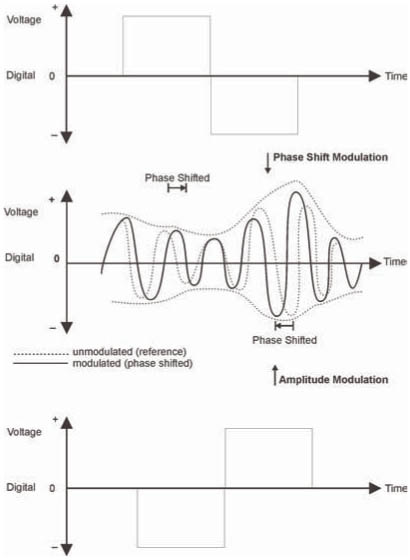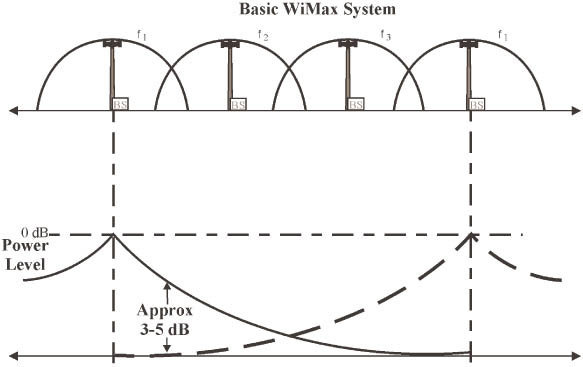Protocol layers are a hierarchical model of network or communication functions. The divisions of the hierarchy are referred to as layers or levels, with each layer performing a specific task. In addition, each protocol layer obtains services from the protocol layer below it and performs services to the protocol layer above it. The WiMAX system has four key layers; MAC convergence, MAC layer, MAC privacy and the physical layer.
MAC Convergence
The MAC convergence layer is a functional process within a communication device or system that adapts one or more transmission mediums (such as radio packet or circuit data transmission) to one or more alternative transmission formats (such as ATM or IP data transmission).
MAC Layer
The MAC layer is composed of one or more logical communication channels that are used to coordinate the access of communication devices to a shared communications medium or channel (microwave radio). MAC channels typically communicate the availability and access priority schedules for devices that may want to gain access to a communication system.
MAC Privacy
The MAC privacy layer is associated with authenticating and encrypting information over the communication link (inner coding).
Physical Layer
The physical layer performs the conversion of data to a physical transmission medium (such as copper, radio, or optical) and coordinates the transmission and reception of these physical signals. The physical layer receives data for transmission from an upper layer and converts it into physical format suitable for transmission through a network (such as frames and bursts). An upper layer provides the physical layer with the necessary data and control (e.g. maximum packet size) to allow conversion to a format suitable for transmission on a specific network type and transmission line.
Security Sub-Layer
A security sub-layer is the functional process within a communication device or system that performs access controls, identity validation and/or encryption of data.
Figure 1 depicts the multiple layers of WiMAX. The physical layer is responsible for converting bits of information into radio bursts while the MAC security layer is responsible for identifying the users (authentication) and keeping the information private (encrypting). The MAC layer is responsible for requesting access and coordinating the flow of information. The MAC convergence layer is used to adapt the WiMAX system to other systems such as ATM, Ethernet or IP data systems.













